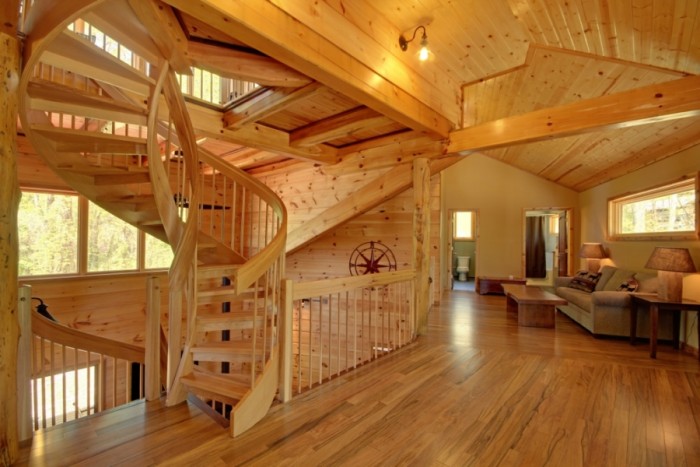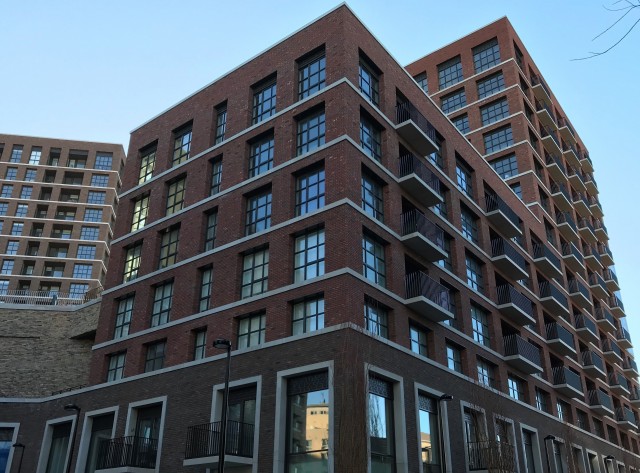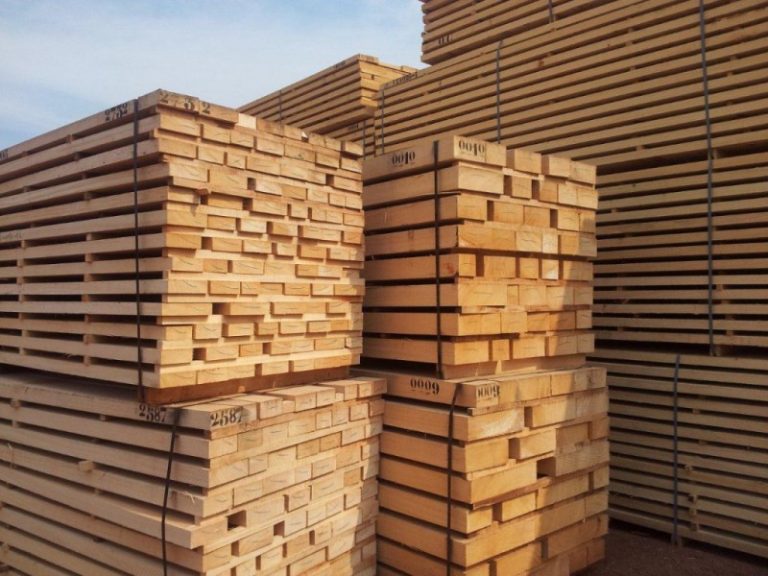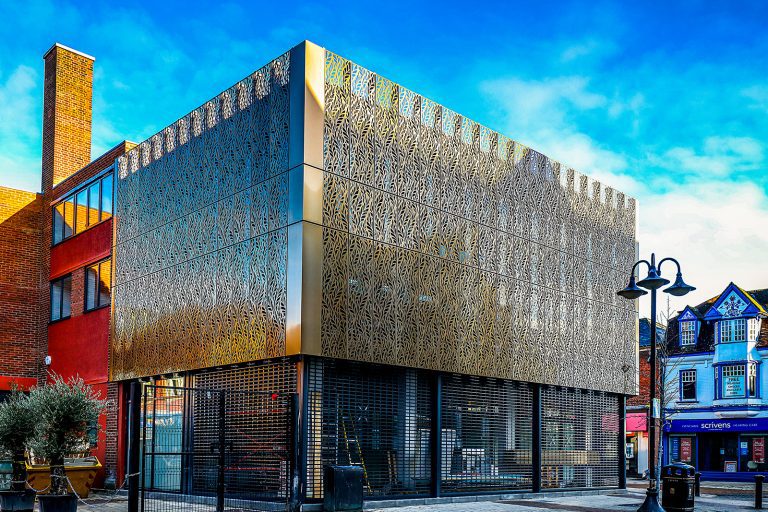Building our economy up, one curtain wall at a time For almost 2,000 years, elevators were powered by water wheels, animals or people. Elevator technology expanded hugely in the 19th Century, and the invention of an elevator safety device in 1853, by American inventor Elisha Otis, increased public faith in the technology. When his company then created an elevator brake, it opened up a new possibility — skyscrapers. Here Steve Parkes, key account manager at leading fastening and fixing supplier TFC, discusses the current drivers in the skyscrapers market and shares quick tips for curtain walling success. The first skyscraper was built in Chicago in 1885 — the Home Insurance Building. While it is no longer standing today, you can look across the skyline of almost any major city and see its successors. Picture London. Its skyline boasts a myriad of skyscrapers, including a host of distinctive glass towers; the Cheesegrater, the Walkie-Talkie, the Gherkin and the Shard, to name a few. Glass curtain walling is an attractive glazing option for building designers looking to create the memorable, attractive facades that we expect to join the skyline in the future. Flash forward The construction of glass-walled high-rise buildings is popular both for commercial and residential use. Construction was one of a few sectors that stayed buoyant throughout 2020, and could be a key way to build economic growth. As the work from home boom quietens down, millions will return to city-centre offices. And they won’t just be in London — recent growth in Northern business, fuelled by HS2, is seeing major firms like HSBC and KPMG open offices in cities including Manchester, Leeds and Birmingham. The public sector is also contributing to the levelling up of the country — the Government plans to shift 22,000 civil servants out of London by 2030. In the residential high rise market, the UK housing market remains strong and in cities with a high population density, continuing to build up means we can house more people while using up less green space. A 2019 estimate found that London had 541 towers in the pipeline, 90 per cent of which were residential. Growing student populations are also increasing demand for purpose-built accommodation, which must be well-located and high-quality to attract students. This cocktail of driving factors means we are likely to see new entrants to the skylines of many British cities in the coming years. Building up efficiently Construction companies and glazing professionals are well versed in the importance of efficiency and work hard to avoid project delays. However, there are still some sticking points — rework remains one of the highest costs to construction businesses. In curtain walling projects, accuracy is key — glass is an unforgiving material, which means it has to perfectly line up with the fixing brackets in the building’s structure. If you find yourself in the unfortunate situation of misalignment, there are limited options. You can either modify your fixing bracket and/or re-drill the anchor positions to compensate, both of which are time consuming and therefore expensive. The good news for installers and construction companies is that there is another way available. The alignment washer; a fast, simple, low-cost product that enables flexible on-site fixing for M10, M12, M16 and M20 bolts. It has oversized or slotted holes to provide leeway when lining up the bracket and anchor location as well as a mechanism, to tighten it down before locking off. Its clever design means it can even be used upside down! Once in position, the washer can be permanently locked into place with a high-strength, rapid setting construction resin. Due to the efficient locking off process, some contractors use alignment washers to lock off all brackets, whether there are alignment issues or not. There are two types of alignment washer available. The first is rectangular — for use with cast in channels, using a slotted hole to provide ± 25mm adjustment in one direction. Alternatively, circular washers are suitable for a variety of applications including stick curtain walling, balustrades and balconies, offering a ± 15mm adjustment in either direction. Both are hot dip galvanised for long term corrosion protection. A number of prestigious developments across the UK have alignment washers at the core of their design. Once again, picture the London skyline — many of these offices, hospitals, apartments, universities and Government buildings have benefitted from this unique solution. As UK construction works hard to build back better, it is good news for designers, project managers, architects and structural engineers, who, armed with this knowledge, can easily solve a common cause of project delays. For more information on construction fasteners and fixings, visit https://www.tfc.eu.com/products/fasteners-fixings/construction-fixings/.













